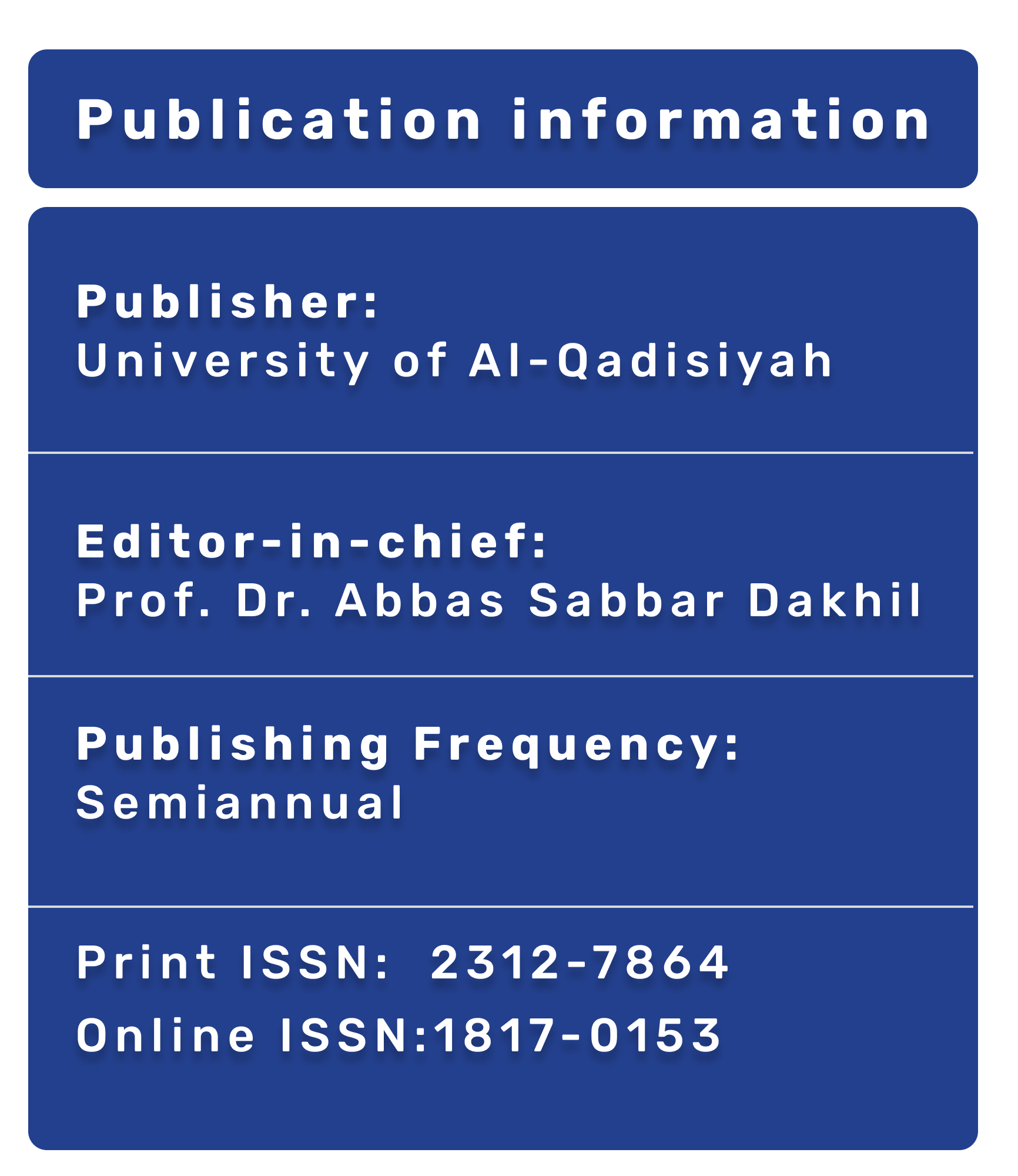A view on Patterns of weight loss after Intragastric Balloon insertion in Iraqi Patients.
DOI:
https://doi.org/10.28922/qmj.2019.15.2.16-24Abstract
Obesity is a major metabolic illness that results from increased body fat and leads to negative health consequences. Obesity increases the prevalence of various diseases, including diabetes mellitus, hypertension, coronary heart disease, sleep apnea, CVA, GERD disease, gall bladder disease, certain types of malignancy, and non-alcoholic fatty liver disease[1]. Moreover, it is also a major avoidable health detriment. Current therapeutic approaches to obesity are lifestyle changes, pharmacologic treatment, and bariatric surgery.
Patients and methods
Twenty-seven patients visited our obesity clinic in Al Dewania Teaching Hospital from September 2016 to September 2017 and selected for intra-gastric balloon insertion after discussion with the patients, all current bariatric operative options beside the discussion to choose different balloon types. Air filled balloon was chosen.
Result
female to male ratio 3.1:1, with mean age 34±6.1 and mean body mass index 40.48 ± 5.16 had excess body weight 38.93 ± 8.44 Kg, all patients had been received IGB heliosphere 720 ml as treatment of their obesity. Each patient has been followed up 6 months and weight loss patterns observed. Mean weight loss after six month 9.6 ± 4.8 Kg
Conclusion
In regards of patient selection to the procedure, Patients should be selected according to their commitment to the recommended diet and life style modification, thiswould largely affect the outcome.








